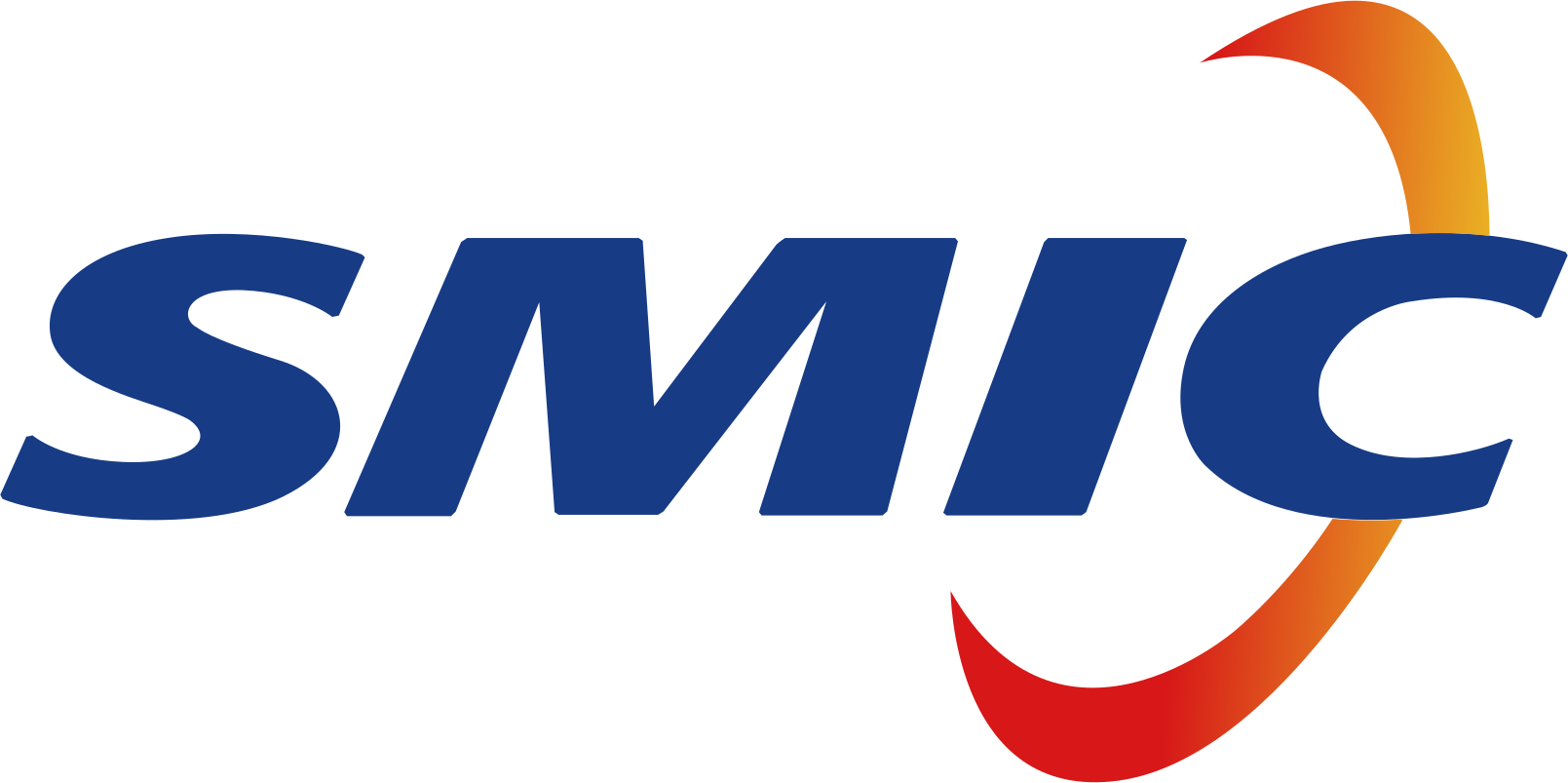HUA HONG SEMI(688347)
Search documents
港股芯片股普跌,华虹半导体跌超3%
Xin Lang Cai Jing· 2025-12-12 02:04
来源:格隆汇APP | 代码 | 名称 | | 涨跌幅 ^ | 最新价 | 总市值 | 年初至今涨跌 | | --- | --- | --- | --- | --- | --- | --- | | 01347 | 华虹半导体 | 0 | -3.73% | 69.700 | 1209.99亿 | 221.94% | | 02658 | 天域半导体 | | -3.19% | 44.300 | 174.22亿 | -23.62% | | 02577 | 英语塞科 | | -3.23% | 76.350 | 698.68 Z | 144.32% | | 00522 | ASMPT | | -2.22% | 77.100 | 322.09亿 | 3.74% | | 06908 | 宏光半导体 | | -1.96% | 0.500 | 4.69亿 | -25.37% | | 00981 | 中心国际 | | -1.64% | 66.050 | 5284.2亿 | 107.70% | | 01385 | 上海复日 | | -1.29% | 39.920 | 327.91亿 | 165.56% | | 00763 | 中兴通 ...
恒生港股通软件及半导体(可投资)指数将更名
Xin Lang Cai Jing· 2025-12-11 12:19
上证报中国证券网讯(记者 唐燕飞)12月11日,记者从恒生指数有限公司官网获悉,恒生港股通软件 及半导体(可投资)指数将更名为恒生港股通软件主题指数,成分股数目固定为40只。该指数将加入阅 文集团、趣致集团、美图公司、汇量科技四家上市公司,同时剔除ASMPT、中芯国际、华虹半导体、 英诺赛科四家上市公司。上述变动将于2025年12月16日生效。 上证报中国证券网讯(记者 唐燕飞)12月11日,记者从恒生指数有限公司官网获悉,恒生港股通软件 及半导体(可投资)指数将更名为恒生港股通软件主题指数,成分股数目固定为40只。该指数将加入阅 文集团、趣致集团、美图公司、汇量科技四家上市公司,同时剔除ASMPT、中芯国际、华虹半导体、 英诺赛科四家上市公司。上述变动将于2025年12月16日生效。 来源:上海证券报·中国证券网 来源:上海证券报·中国证券网 ...
恒生港股通软件及半导体指数将更名 剔除中芯国际、华虹半导体等四股
Ge Long Hui A P P· 2025-12-11 10:21
格隆汇12月11日|恒生港股通软件及半导体(可投资)指数将改名为恒生港股通软件主题指数,成份股数 目固定为40只,加入阅文集团、趣致集团、美图、汇量科技四只股份,剔除ASMPT、中芯国际、华虹 半导体、英诺赛科四只股票,于2025年12月16日(星期二)生效。成份股数目仍维持32只。 ...
港股芯片股延续近期跌势 华虹半导体(01347.HK)跌超3%
Mei Ri Jing Ji Xin Wen· 2025-12-11 06:29
每经AI快讯,芯片股延续近期跌势。截至发稿,华虹半导体(01347.HK)跌3.09%,报73.7港元;中芯国 际(00981.HK)跌2.04%,报67.3港元。 (文章来源:每日经济新闻) ...
港股午后进一步下挫 科指跌超2% 华虹半导体跌超5%
Xin Lang Cai Jing· 2025-12-09 06:01
港股午后继续下行,科指跌幅扩大至2%,恒指跌1.28%。黄金、半导体、新消费概念股走弱,紫金矿 业、华虹半导体跌超5%,泡泡玛特、布鲁可跌近5%。 热点栏目 自选股 数据中心 行情中心 资金流向 模拟交易 客户端 热点栏目 自选股 数据中心 行情中心 资金流向 模拟交易 客户端 港股午后继续下行,科指跌幅扩大至2%,恒指跌1.28%。黄金、半导体、新消费概念股走弱,紫金矿 业、华虹半导体跌超5%,泡泡玛特、布鲁可跌近5%。 责任编辑:郝欣煜 | 名称 | 量新价 | 涨跌幅 ^ | | --- | --- | --- | | 恒生科技指数 | 5548.96 | -2.01% | | 800700 | | | | 国企指数 | 8938.46 | -1.60% | | 800100 | | | | 恒生指数 | 25436.25 | -1.28% | | 800000 | | | 责任编辑:郝欣煜 ...
港股芯片股承压走低 华虹半导体跌超3%
Mei Ri Jing Ji Xin Wen· 2025-12-09 02:03
每经AI快讯,港股芯片股承压走低,截至发稿,华虹半导体(01347.HK)跌3.08%,报77港元;中芯国际 (00981.HK)跌2.09%,报70.3港元。 ...
南向资金丨小米集团获净买入11.73亿港元
Di Yi Cai Jing· 2025-12-08 10:03
(本文来自第一财经) 南向资金净买入15.40亿港元,小米集团-W、中芯国际、泡泡玛特净买入额位列前三,分别获净买入 11.73亿港元、4.67亿港元、4.32亿港元。净卖出方面,腾讯控股、华虹半导体、中国平安分别遭净卖出 7.62亿港元、2.09亿港元、1.80亿港元。 ...
南向资金 | 小米集团-W获净买入11.73亿港元





Di Yi Cai Jing· 2025-12-08 10:03
(本文来自第一财经) 南向资金今日净买入15.40亿港元,小米集团-W、中芯国际、泡泡玛特净买入额位列前三,分别获净买 入11.73亿港元、4.67亿港元、4.32亿港元。净卖出方面,腾讯控股、华虹半导体、中国平安分别遭净卖 出7.62亿港元、2.09亿港元、1.80亿港元。 ...
大基金概念板块12月8日涨2.74%,江波龙领涨,主力资金净流入23.29亿元
Sou Hu Cai Jing· 2025-12-08 09:37
| 代码 | 名称 | 收盘价 | 涨跌幅 | 成交量(手) | 成交额(元) | | --- | --- | --- | --- | --- | --- | | 301308 | 江波龙 | 273.00 | 14.64% | 25.21万 | 65.41 Z | | 300456 | 赛微电子 | 53.65 | 11.35% | 129.50万 | 67.69亿 | | 688525 | 佰维存储 | 117.57 | 8.85% | 32.82万 | 37.87亿 | | 688702 | 盛科通信 | 140.92 | 7.19% | - 4.66万 | 6.39亿 | | 688347 | 华虹公司 | 114.81 | 4.87% | 22.35万 | 25.43亿 | | 688262 | 国芯科技 | 30.21 | 4.68% | 14.02万 | 4.21亿 | | 300672 | 国科 微 | 100.11 | 3.89% | 10.61万 | 10.53 乙 | | 688508 | 芯朋得微 | 60.36 | 3.80% | 4.80万 | 2.90亿 | | 688521 | ...
港股芯片股多数走高 华虹半导体涨超4%
Mei Ri Jing Ji Xin Wen· 2025-12-08 02:49
每经AI快讯,港股芯片股多数走高。截至发稿,华虹半导体(01347.HK)涨4.01%,报79.1港元;中芯国 际(00981.HK)涨3.58%,报72.25港元;上海复旦(01385.HK)涨3.14%,报42.02港元。 ...


